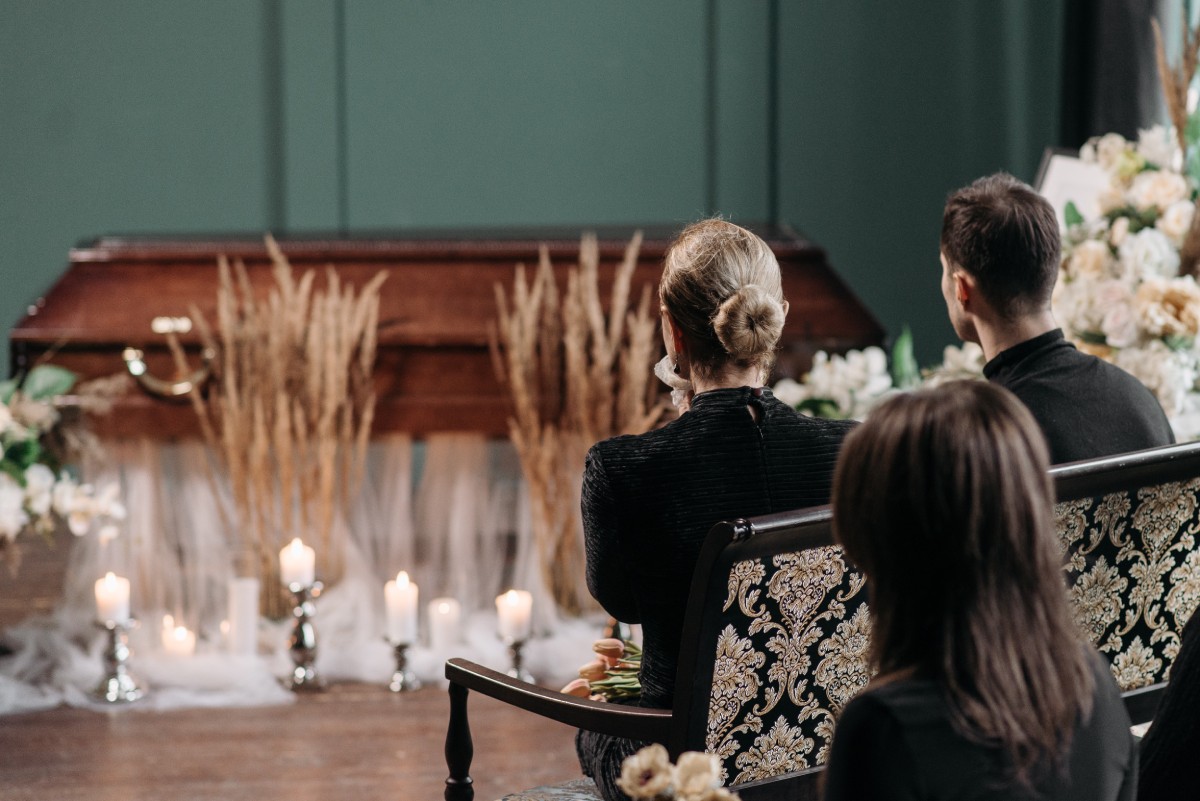Introduction
As we become more aware of our impact on the environment, the desire to live sustainably has found its way into all aspects of our lives - even in our goodbyes. Green funerals, or eco-friendly funerals, are a growing trend that allows us to honor our loved ones while respecting the planet. But, what exactly does a green funeral entail, and why is it so important? This guide will answer these questions and offer a comprehensive look into the sustainable end-of-life practices.
Brief Explanation of Green Funerals
A green funeral is an end-of-life ceremony that prioritizes environmental conservation. This eco-friendly approach involves using biodegradable materials for burial, reducing greenhouse gas emissions, and avoiding harmful chemicals. It’s about minimizing the environmental impact and creating a natural legacy for the deceased that aligns with the circle of life.
The Environmental Impact of Traditional Funerals
Traditional funerals can have a significant environmental impact. For instance, conventional burials often involve the use of hardwood caskets, concrete vaults, and embalming fluids that can seep into the soil. Additionally, cremation, another common practice, releases carbon dioxide and other pollutants into the air. By contrast, green funerals seek to mitigate these impacts, offering a gentler alternative that respects our planet.
What This Guide Covers
This guide will delve into the various aspects of green funerals, including eco-friendly burial options, sustainable practices for memorial services, and the role of green cemeteries. We will also address the challenges faced when planning a green funeral and offer solutions to navigate these issues. Whether you are pre-planning your funeral or organizing a farewell for a loved one, this guide will provide practical and meaningful ways to say goodbye sustainably.
Understanding Green Funerals
Green funerals, also known as natural or eco-friendly funerals, are rapidly gaining recognition as a sustainable alternative to traditional funeral practices. This shift towards environmental consciousness in our final farewell represents an extension of our lifestyle choices into our death care options. In this section, we’ll dive deeper into what green funerals are, their cultural context, and the benefits they offer.
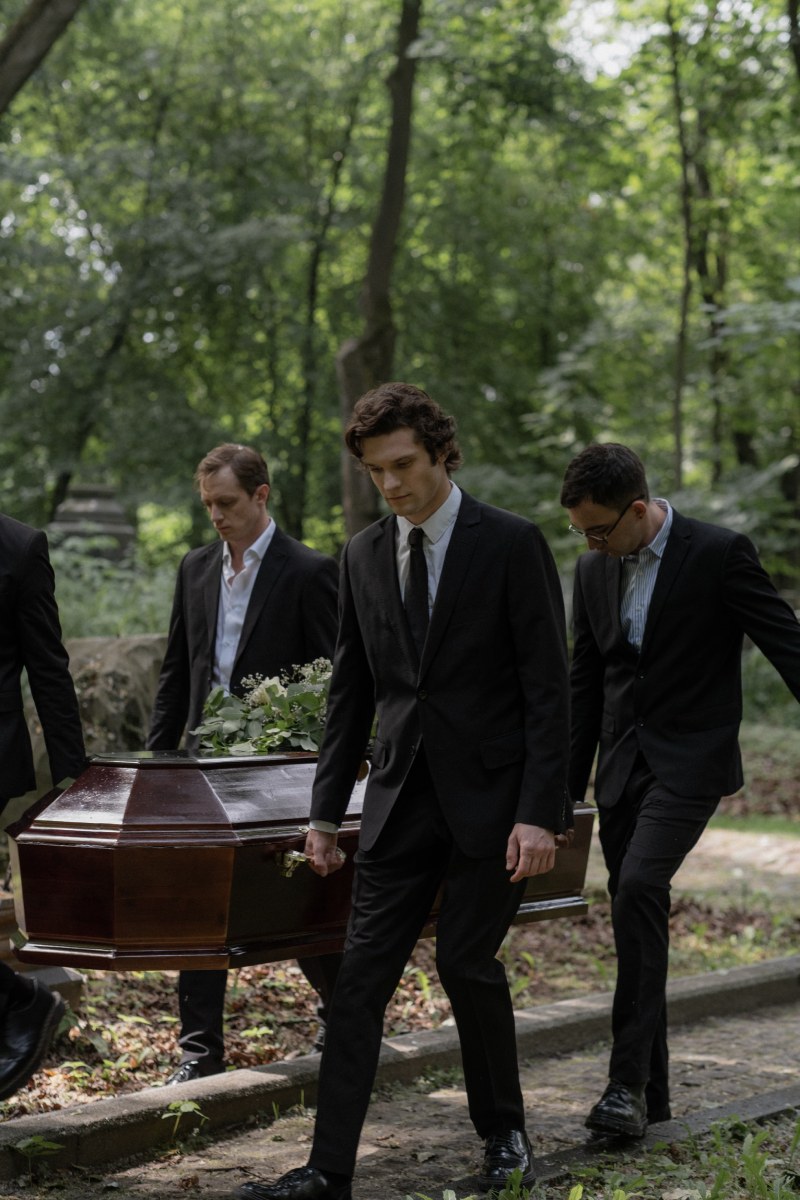
Defining a Green Funeral
A green funeral is an end-of-life ceremony that aims to reduce environmental harm and promote ecological sustainability. It prioritizes natural decomposition, avoids toxic chemicals, and minimizes carbon emissions. Key components of a green funeral may include the use of a biodegradable coffin or shroud, natural burial grounds, and an emphasis on simplicity and minimalism to reduce waste.
History and Cultural Context of Green Funerals
The concept of green funerals is not new. In fact, it harks back to age-old practices where bodies were laid to rest in the earth with minimal intervention. Many indigenous cultures worldwide have long practiced eco-friendly funerals, viewing death as a return to nature. Today, as society becomes more eco-conscious, there’s been a revival of these traditions, repackaged in the form of green funerals that appeal to the modern sensibilities of environmental stewardship.
Benefits of Choosing a Green Funeral
Choosing a green funeral has several benefits, both for the environment and the people involved.
Environmentally Friendly
Firstly, it’s a more environmentally friendly option. By avoiding chemical embalming, using biodegradable materials, and reducing energy-intensive practices, green funerals have a significantly lower carbon footprint than traditional funerals.
Cost-Effective
Secondly, green funerals are often more cost-effective. The emphasis on simplicity eliminates many of the expensive elements of a conventional funeral, such as elaborate coffins and headstones.
Aligns with Personal Values
Finally, for many, the choice of a green funeral aligns with their personal values and lifestyle. It offers a way to maintain one’s commitment to environmental sustainability even in death, providing a sense of continuity and integrity.
Ultimately, understanding green funerals helps us recognize their value and role in today’s society, enabling us to make informed decisions about our end-of-life plans.
Choosing a Green Burial Ground
One of the key aspects of planning a green funeral is selecting an appropriate burial ground. A green burial ground is fundamentally different from a conventional cemetery in its approach to land use, burial practices, and overall philosophy. This section will guide you through what makes a cemetery green, how to find one, and the legalities and regulations surrounding green burials.
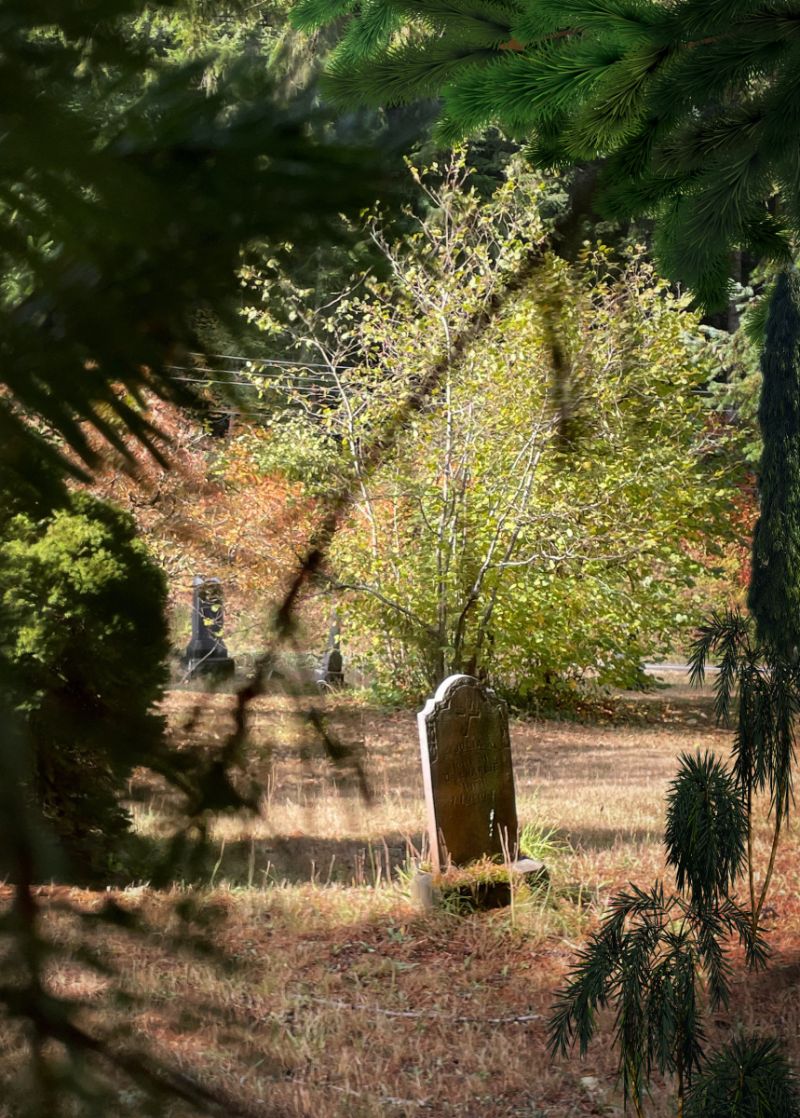
What Makes a Cemetery Green
A green burial ground is designed to be a place of rest that encourages natural decomposition and promotes biodiversity. There are several features that define a green cemetery:
Natural Landscaping
Green cemeteries tend to have minimal landscaping. Rather than manicured lawns, you’ll often find native plants, wildflowers, and trees, providing habitat for local wildlife.
Sustainable Burial Practices
Green burial grounds forgo traditional embalming, instead encouraging natural decomposition. Graves are dug by hand to minimize fuel use, and bodies are placed in biodegradable coffins or shrouds.
Memorialization
In lieu of headstones, green cemeteries typically use natural markers such as trees or rocks, or no markers at all. Some provide GPS coordinates to locate graves.
Finding a Green Burial Ground
Finding a green burial ground can be a bit of a challenge, as they are not as widely available as traditional cemeteries. Start by doing online research or contact the Green Burial Council or Natural Burial Association in your country for a list of certified green burial sites. You may also reach out to local funeral directors who specialize in green funerals, as they often have good knowledge of local options.
Legalities and Regulations of Green Burials
While green burials are legal in most countries, specific regulations can vary. For instance, some jurisdictions require a certain depth for burials, while others might regulate the type of shroud or coffin used. Therefore, it’s important to research the laws and regulations in your area and consult with knowledgeable professionals.
Remember, having a green burial is not an all-or-nothing proposition. It’s about making choices that align with your values and the degree of environmental impact you wish to have. Even taking one or two steps towards a greener funeral can make a significant difference.
The Green Burial Process
Understanding the process of a green burial is essential for anyone considering this eco-friendly alternative to traditional funerals. This section will discuss the science behind natural decomposition, how bodies are prepared for a green burial, and the role a funeral director plays in this type of farewell.
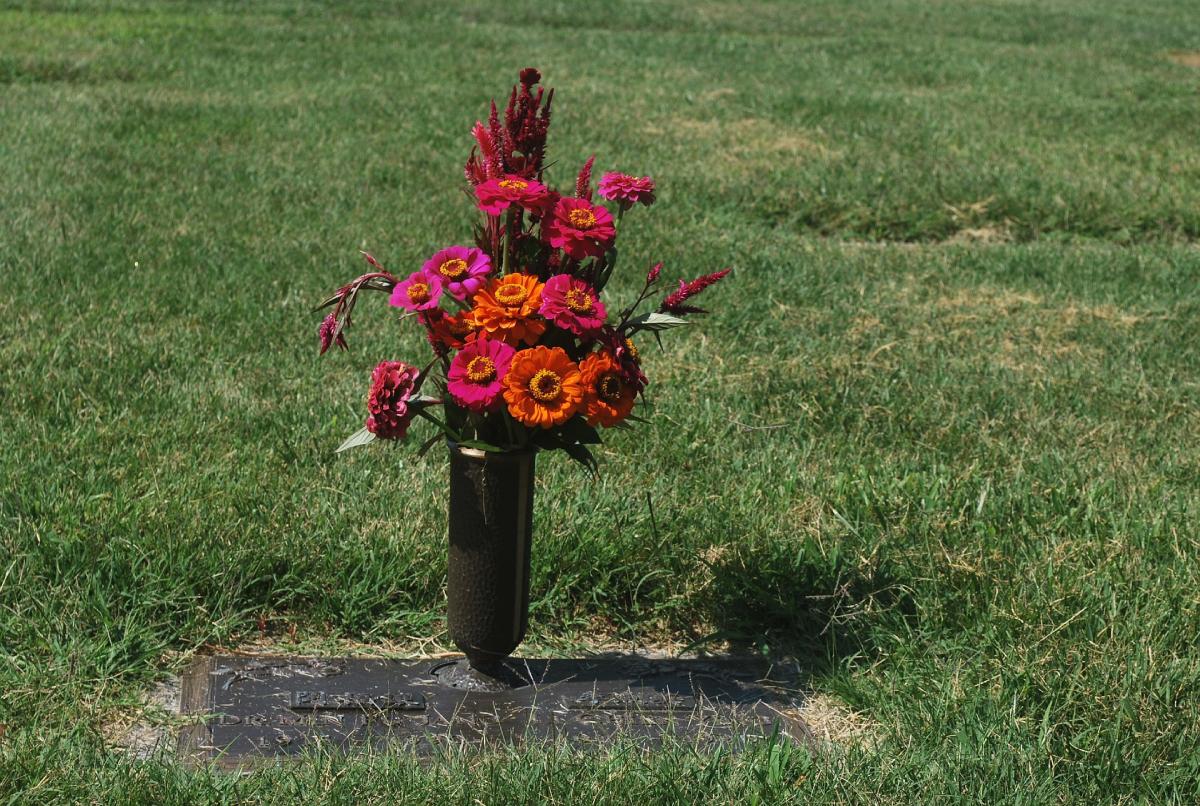
Natural Decomposition: The Science Behind It
Natural decomposition is the foundation of a green burial. It’s a biological process in which organic matter is broken down into simpler organic and inorganic compounds.
The Role of Microorganisms
Decomposition is largely carried out by bacteria, fungi, and other microorganisms. These tiny organisms break down tissues and cells, returning nutrients to the soil.
Environmental Factors
Environmental factors such as temperature, moisture, and pH can affect the rate of decomposition. For example, in a warm and moist environment, decomposition will typically occur more rapidly.
Preparing the Body for a Green Burial
Green burial preparation is much simpler and more natural than conventional methods.
Avoiding Embalming
Unlike traditional burials, green burials do not involve embalming. Embalming chemicals are toxic and can contaminate the soil.
Biodegradable Coffins and Shrouds
For green burials, the body is typically placed in a biodegradable coffin or wrapped in a natural fiber shroud. These materials decompose naturally, allowing the body to return to the earth.
The Role of a Funeral Director in a Green Burial
A funeral director can provide valuable assistance during the planning and execution of a green burial.
Coordinating Arrangements
Funeral directors can coordinate with green burial grounds, arrange transportation, and help with paperwork.
Educating and Supporting Families
Funeral directors can also educate families about green burial options and provide emotional support during this challenging time.
To ensure a sustainable and respectful farewell, choosing a funeral director who is familiar with green burials is key. Their experience and understanding of the process will make planning the funeral smoother and less stressful.
Eco-friendly Coffins
One of the main components of a green burial is the choice of coffin. In this section, we’ll discuss the sustainable materials used in eco-friendly coffins, the benefits of opting for a shroud burial, and where to source these sustainable options.
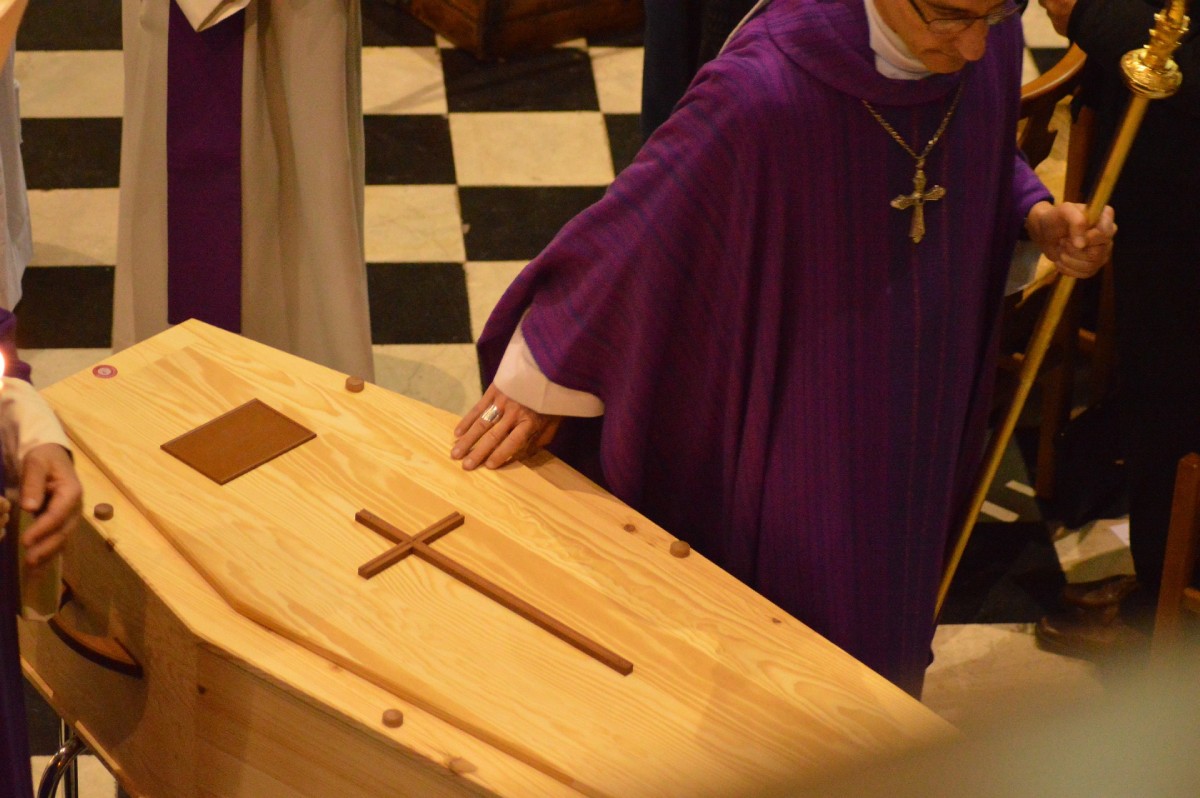
Material Choices for Green Coffins
Choosing the right material is crucial in planning for a green burial.
Biodegradable Materials
Eco-friendly coffins are typically made from natural, biodegradable materials. This can include sustainably sourced wood, bamboo, or even recycled paper.
No Harmful Chemicals
Unlike traditional coffins, these do not contain harmful chemicals or synthetic materials that could leach into the soil.
Advantages of Shroud Burials
Opting for a shroud burial can be an even greener alternative to using an eco-friendly coffin.
Lower Material Usage
Shroud burials use less material, making them a more resource-efficient option.
A Closer Connection to Nature
Using a shroud also offers a closer connection to nature, with the body wrapped in natural fabric and laid directly in the earth.
Where to Source Eco-friendly Coffins
When looking for eco-friendly coffin options, it’s important to choose a reliable source.
Local Artisans
Local artisans often offer handcrafted, eco-friendly coffins. This not only supports local businesses, but it also reduces carbon emissions associated with long-distance transport.
Online Retailers
A range of online retailers also specialize in eco-friendly funeral products. It’s always important to verify the materials used and the company’s commitment to sustainable practices.
Remember, the goal of a green funeral is to minimize environmental impact. The choice of an eco-friendly coffin or shroud plays a significant role in achieving this goal.
Natural Memorialization
An integral part of green funerals is the approach to memorialization. Natural memorials can serve as markers without disrupting the beauty and balance of the local ecosystem. This section will discuss the use of non-invasive markers, the practice of planting trees as memorials, and the inherent beauty of undisturbed natural landscapes.
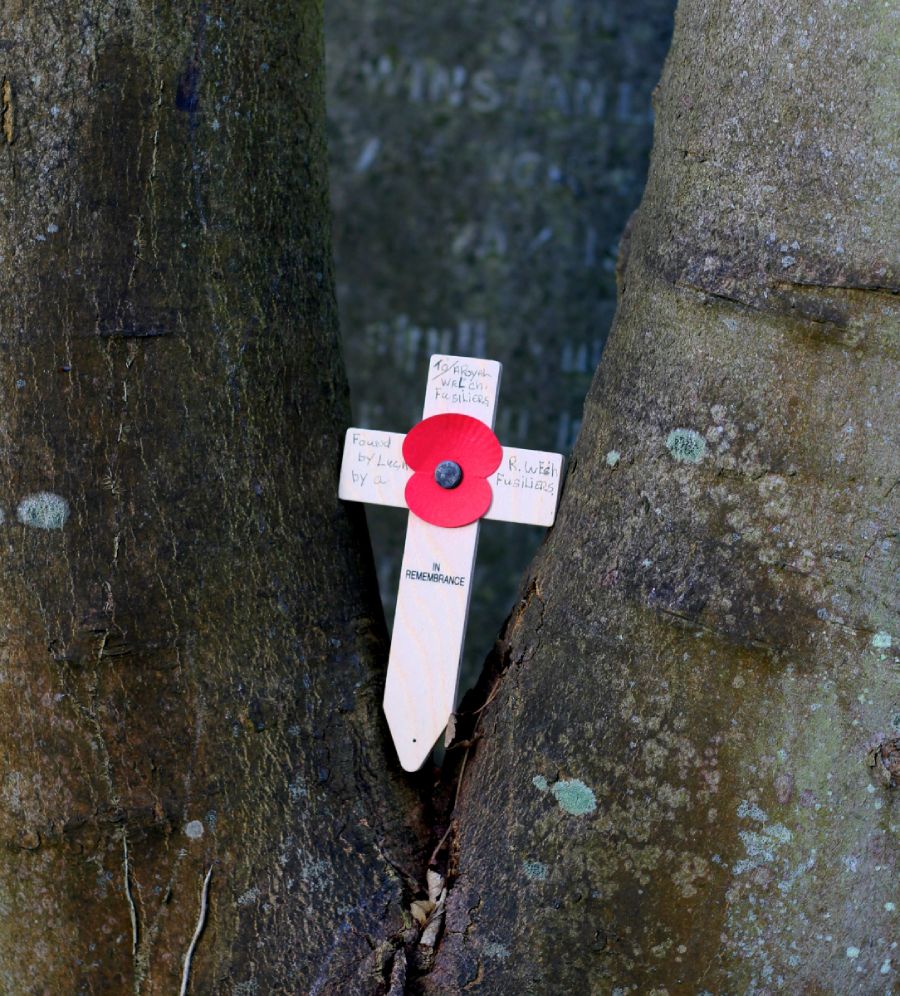
The Use of Non-invasive Markers
Traditional tombstones or grave markers may be substituted with more environmentally friendly options in a green burial.
Engraved Natural Stones
Some green burial grounds permit the use of natural stones, sourced locally and engraved as grave markers. This approach keeps the landscape as natural as possible.
GPS Markers
Technology also offers innovative solutions like GPS markers. These allow families to locate the burial site without the need for a physical marker.
Planting Trees as Memorials
A green funeral can extend its positive impact on the environment by including the planting of trees as part of the memorialization process.
A Living Memorial
A tree serves as a living memorial that grows and changes with time, symbolizing life and renewal.
An Eco-friendly Choice
Tree planting also contributes to carbon sequestration, making it an eco-friendly choice for a memorial.
The Beauty of Undisturbed Natural Landscapes
Preserving the natural state of a landscape can be the most beautiful tribute one can offer to a loved one.
Biodiversity
Undisturbed landscapes support biodiversity, contributing to healthier ecosystems.
Peaceful Ambience
These areas provide a peaceful, tranquil setting for families to visit and remember their loved ones.
Remember, the aim of natural memorialization is to honor our loved ones without causing unnecessary disruption to the natural environment. Green funerals advocate for sustainable practices, even in our final act of saying goodbye.
Alternative Green Funeral Options
In the quest for more environmentally-friendly funerals, innovative methods beyond the traditional burial or cremation are emerging. In this section, we will discuss the practices of aquamation, promession, and the sustainable choice of donating one’s body to science.
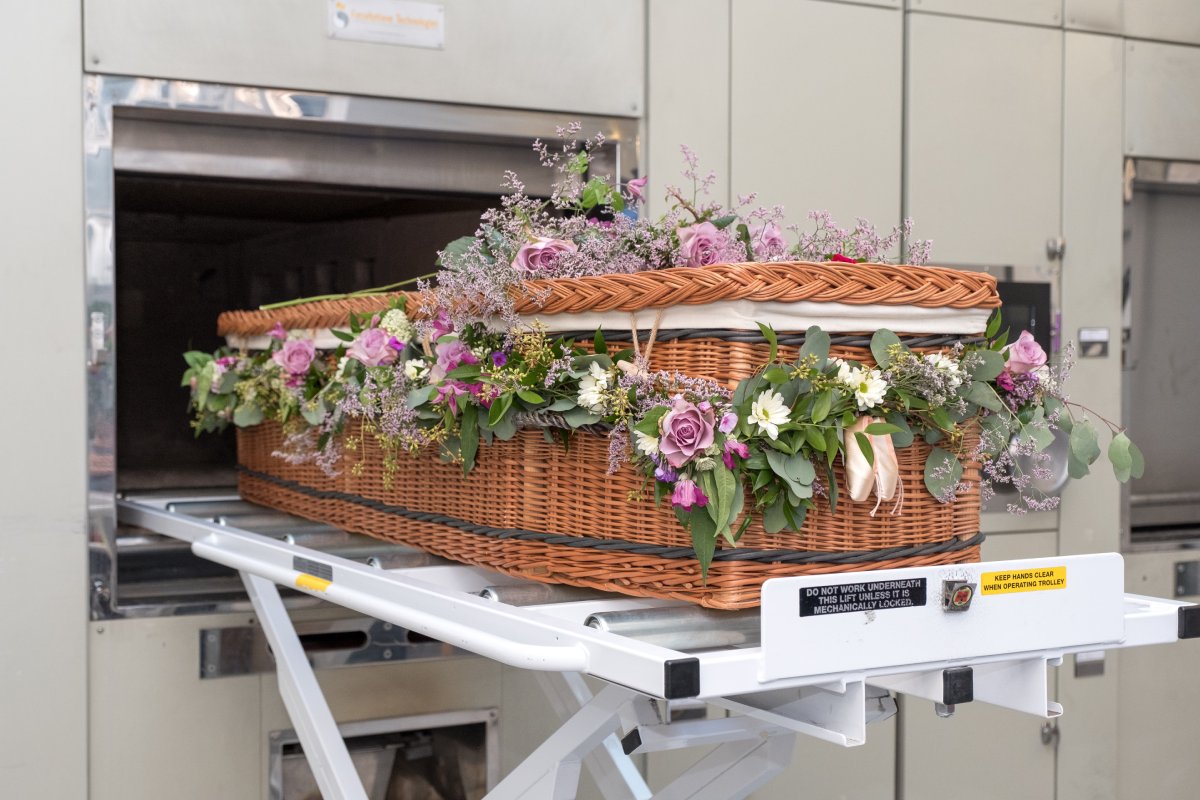
Aquamation and Other Forms of Water Cremation
A growing number of people are turning to water-based methods as an eco-friendly alternative to conventional cremation.
The Process of Aquamation
Aquamation, also known as alkaline hydrolysis, uses water and a strong alkali to break down the body. It leaves behind only bones, which are then ground into a fine white powder similar to ashes from cremation.
Benefits of Water Cremation
Compared to traditional flame-based cremation, aquamation uses less energy and produces less greenhouse gases, making it a more sustainable choice.
Promession and its Environmental Impact
Promession is a novel funeral method developed in Sweden that aims to reduce the environmental footprint of our last act on earth.
How Promession Works
Promession involves freeze-drying the body, which is then vibrated until it disintegrates into a fine powder. The remaining powder is buried in a biodegradable coffin where it will decompose quickly into soil.
Environmental Impact of Promession
Promession uses very little energy compared to traditional methods and doesn’t release any harmful emissions, making it a green option worth considering.
Donating to Science as a Sustainable Choice
Donating one’s body to medical science is another eco-friendly alternative.
The Benefits of Body Donation
Body donations help medical students and researchers advance their knowledge, contributing to medical progress. It also eliminates the environmental impact associated with conventional funeral practices.
Legalities and Process
Laws regarding body donation vary by region, so it’s essential to research and make arrangements in advance.
As we move forward, it’s critical to consider these green funeral alternatives that respect our planet. Remember, our decisions, even in death, have a lasting impact on the environment. By choosing green funeral options, we contribute to a sustainable future, even as we say our final goodbyes.
Planning a Green Funeral
Choosing a green funeral means taking conscious steps to reduce the environmental impact associated with saying goodbye. However, planning such a farewell requires a bit more consideration than the traditional burial. Let’s delve into making your wishes known, how to incorporate green elements into a traditional service, and how to work with a funeral director for a green funeral.

Making Your Wishes Known
The most crucial step in planning a green funeral is communicating your wishes.
Documenting Your Preferences
Explicitly outline your desires in a legal document and let your loved ones know where they can find this document when it’s needed.
Communicating with Loved Ones
Remember, open and ongoing conversations with your family are essential. This will give them the clarity and comfort of knowing they’re fulfilling your wishes while honoring your commitment to the environment.
Incorporating Sustainable Elements into a Traditional Funeral
Even if a traditional funeral is desired, there are several ways to incorporate sustainable elements.
Biodegradable Coffins
For instance, a biodegradable coffin can replace a traditional wood or metal casket.
Green Burial Sites
Choosing a burial site that doesn’t require vaults or liners can significantly reduce the environmental impact.
Working with a Funeral Director for a Green Funeral
A knowledgeable and supportive funeral director is a valuable resource in arranging an environmentally friendly farewell.
Finding a Green Funeral Director
Some funeral directors specialize in green services and can guide you through the process, provide relevant options, and even help in coordinating with a green burial ground.
Questions to Ask
When talking with potential funeral directors, ask about their experience with green funerals, their approach, and what options they provide.
The journey towards a sustainable future doesn’t end with life. By consciously planning for a green funeral, we continue to show respect for our planet and contribute to the wellbeing of future generations. Remember, every step counts. Even the smallest green changes to a traditional funeral can make a big difference.
Common Concerns and Misconceptions
While interest in green funerals is growing, there are still several misconceptions and concerns that often deter people from considering this option. This section will address fears about natural decomposition, offer a cost comparison between green and traditional funerals, and discuss religious and cultural considerations.

Addressing Fears about Natural Decomposition
The Natural Cycle of Life
Firstly, let’s understand that decomposition is a natural and essential part of the life cycle. Our bodies returning to the earth allows for the cycle of life to continue, feeding plants and contributing to new life.
Health and Safety Concerns
Secondly, concerns regarding health and safety are often raised. However, research shows that green burials pose no significant health risks, and many green burial grounds adhere to stringent guidelines to ensure safety.
Cost Comparison: Green vs Traditional Funerals
Lower Costs with Green Funerals
Contrary to what many believe, green funerals often cost less than traditional ones. Expensive coffins, vaults, embalming fluids, and funeral home services are not necessary in a green funeral, which can drastically reduce the overall costs.
Customizable and Personal
Also, green funerals are often highly personal and customizable, offering families the opportunity to create a unique, meaningful, and affordable farewell.
Religious and Cultural Considerations
Many Religions Support Green Funerals
Most major religions, including Christianity, Judaism, and Buddhism, are accepting of green funerals. Some, like Hinduism, have practices that are inherently environmentally friendly.
Aligning Cultural Practices with Green Principles
When it comes to cultural considerations, it is important to remember that practices can evolve and adapt. Many families find ways to honor their cultural heritage while incorporating green principles into their final farewell.
Green funerals are not only an eco-friendly choice but also an opportunity to make a final act of kindness to our planet. By addressing fears and misconceptions, we can help more people understand and consider this environmentally responsible option.
Conclusion
As we close this guide to green funerals, we hope that it has given you a clear understanding of what a green funeral entails, and the positive impact it can have on the environment. In this final section, we will recap the importance of green funerals, discuss their contribution to conservation efforts, and encourage you to consider sustainable options in all aspects of life and death.
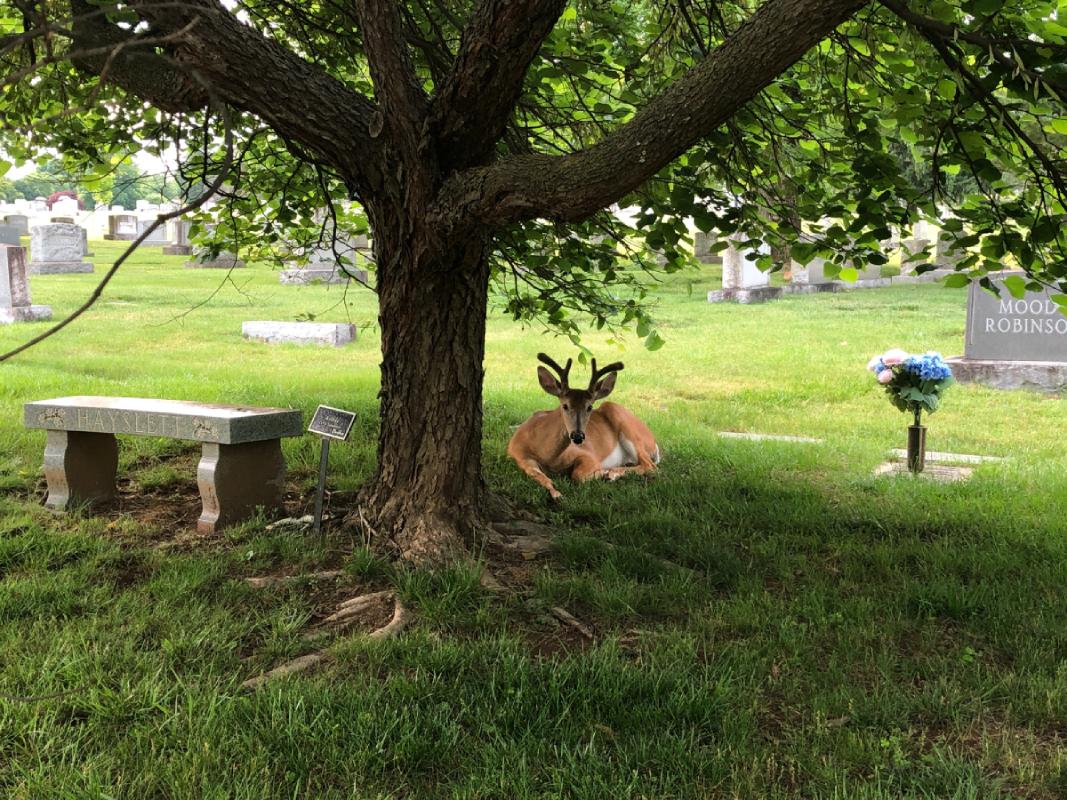
Recap of the Importance of Green Funerals
A Lasting Legacy
Choosing a green funeral is a powerful way to leave a lasting legacy. It is an affirmation of your commitment to the earth and a meaningful way to reduce your ecological footprint.
How Green Funerals Contribute to Conservation Efforts
Preserving Natural Habitats
By opting for a green burial, you are supporting the preservation of natural habitats. Many green burial sites function as conservation areas, protecting diverse ecosystems and providing homes for various species.
Reducing Carbon Emissions
Additionally, green funerals reduce carbon emissions by forgoing the energy-intensive processes of traditional funerals, such as embalming and cremation.
Encouraging Readers to Consider Sustainable Options in Life and Death
More than Just a Trend
Going green is not just a trend—it’s a lifestyle that reflects a deeper understanding of our connection to the earth and our responsibility to preserve it.
A Holistic Approach to Sustainability
We hope this guide has encouraged you to consider adopting a more sustainable approach to all aspects of life, including the end. Remember, each choice we make can contribute to the well-being of our planet.
Spreading the Word
As you move forward, share what you’ve learned about green funerals with others. The more people understand their options, the greater the potential for change.
Thank you for taking the time to explore this sustainable alternative. By considering a green funeral, you are taking an important step towards a more sustainable future and leaving a legacy of love for our planet.

